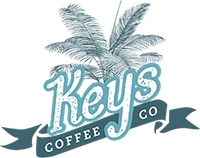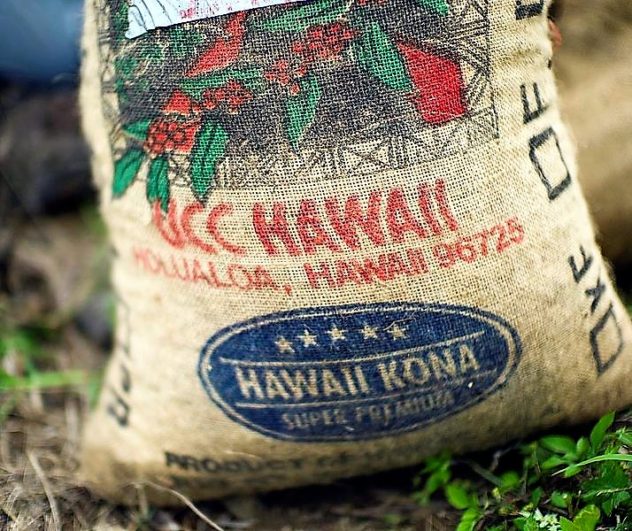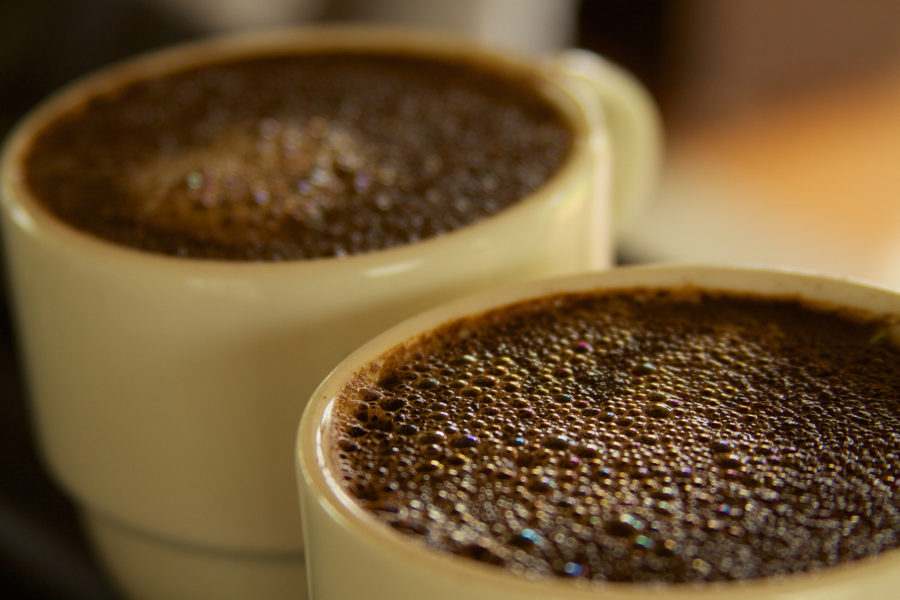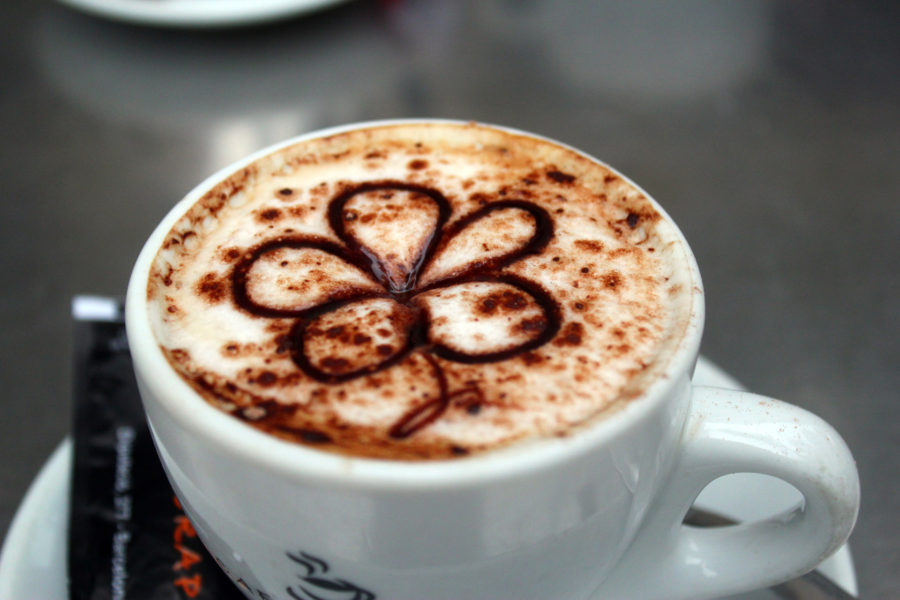One of the only American coffee producers, Hawaii’s Kona coffee has a reputation for being aromatic, smooth, and tasting delicious. Not much is known about how the coffee beans first arrived in Hawaii, but we know they thrived and are sought-after.
Hawaiian Coffee History:
Don Francisco de Paula Marín, an influential Spaniard in the early Kingdom of Hawaii, recorded in his 1813 journal that he traveled to the island of O’ahu and planted the coffee seedlings. In 1825 gardener John Wilkinson came to Hawaii on the HMS Blonde, which was captained by Lord George Anson Byron, the seventh baron and cousin to the Romantic-period poet, George Gordon Byron. Wilkinson brought these coffee plants to Hawaii from Brazil in 1825, but it was only in 1828 that Samuel Reverend Ruggles planted the coffee seeds in the Kona District.
Kona Coffee:
Coffee plants grown in the Kona District are tended by family farmers. It is considered one of the world’s priciest coffees because of its rarity. Kona coffee blooms in February and March — and you’ll be able to tell by the small, white “Kona snow” flowers that cover coffee trees. In April, green coffee berries are noticeable and by August, you’ll find the red coffee fruits on the trees.
Flavors:
Kona coffee is typically sold as a blend because it is scarce. These blends usually consist of 10% Kona coffee and 90% coffee from other countries, like Colombia and Brazil. While these blends would impact the true flavor of Kona coffee, by itself, Kona coffee tastes rich, delicate, and mild. Good Kona coffee will have a clean, well-balanced, medium body with a bright acidity, buttery notes, and wine-tasting tones. Some spice flavors also permeate the coffee. A stand-alone Kona coffee will have an intense aroma and a fantastic after-taste.
While we don’t serve Hawaiian coffee, we do have many varieties available for you to try, all of the highest-quality grades.



